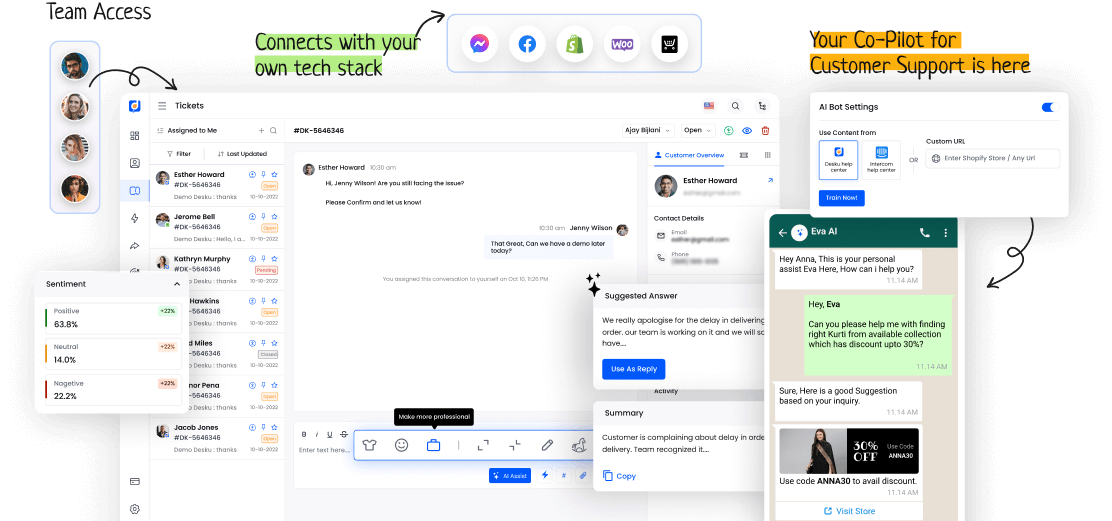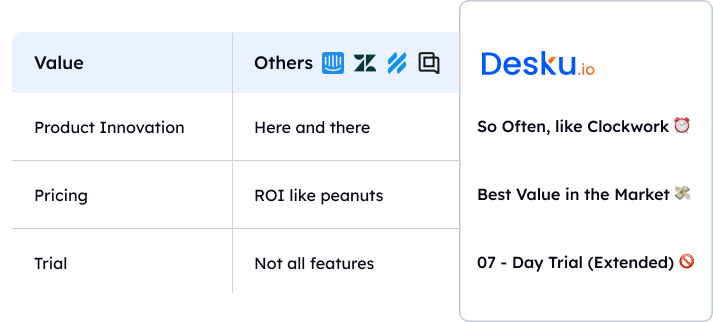Liquid Markup is a key tool in web development. It offers a clear path for creating dynamic online content. Its detailed structure allows developers to make websites that smoothly adjust to user behavior. This paves the way for interactive experiences.
By understanding Liquid Markup, professionals can innovate in the digital world. They can cater to different audiences with accuracy. But what makes Liquid Markup different from usual web design practices? Let's explore this fascinating idea more.
I. Understanding Liquid Markup
Grasping Liquid Markup means learning its basic syntax and functions.
Its main use is making dynamic content in web development. Liquid Markup gives a structured method to manage data and show it on websites.
By knowing its syntax, developers can make adaptive pages.
These pages change based on user input, improving user experience and meeting the audience's needs efficiently.
II. Applying Liquid Markup in Web Development
In web development, using Liquid Markup helps developers build dynamic, adaptive web pages. These pages respond well to user interactions. Liquid Markup makes it easy to handle data and generate content. Here's a table that shows the main features of Liquid Markup in web development:
| Feature | What It Does | Example |
|---|---|---|
| Data Handling | Changes data on web pages on the fly | `{{ product.price }}` |
| Content Creation | Makes dynamic content based on user input | `{{ user.name }}` |
| Adaptive Layouts | Builds layouts that adapt to different screen sizes | `{% if user.admin %}` |
III. Advantages and Limitations of Liquid Markup
Liquid Markup scales and customizes well. Developers can create custom solutions. It adapts well to design needs, working with different platforms.
But, it has some downsides. Beginners might find it hard to learn. Advanced customization could be limited.
Knowing these facts can help you use Liquid Markup better. You can make the most of its benefits and handle its limitations in web projects.











